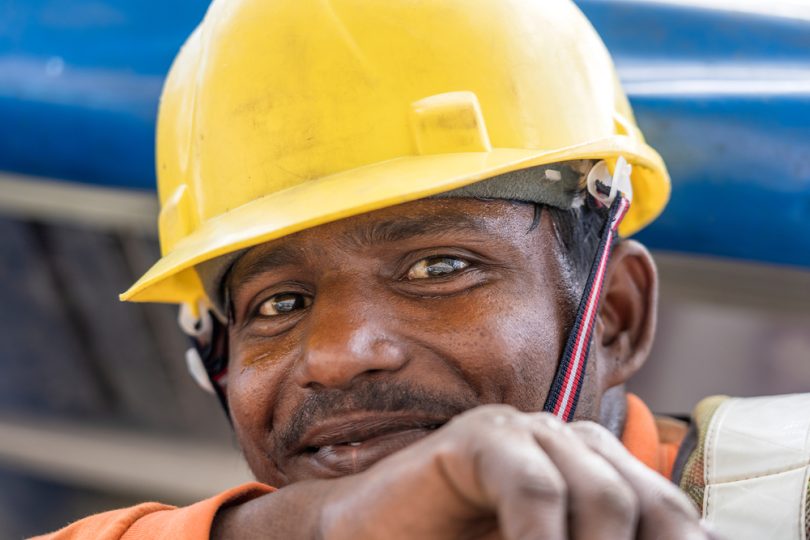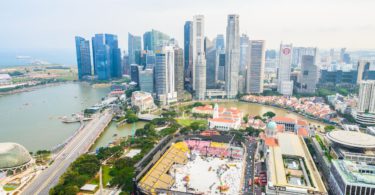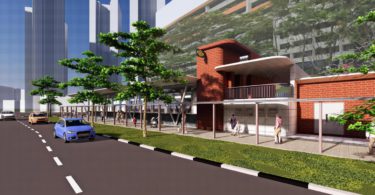By Anisa Pinatih
Blue-collar workers have been taking the hardest hit. Not only do they face a higher risk of infection due to the non-ideal living environment, but also the risk of unemployment amidst the uncertainty posed by the COVID-19 pandemic that has been persisting for the past eight months.
Limited access to resources could leave migrant workers exposed to certain exploitation. In the case of a construction contract frustration, they could also be the one left without social security. Government measures have been delivered to protect this vulnerable group, but its position remains the most disadvantageous compared to other workers in the industry.
Among the 300,000 low-wage migrant workers in Singapore, those without a job spend much of their day confined to their dormitories where densities are high; and so are the risks of contracting the virus. Otherwise, they are repatriated home to India or Bangladesh because, say, the company refuses to transfer his work permit.
Read: Singapore to build new dormitories with improved standards for foreign workers
Also read: Protecting construction workers in the new normal
In this kind of situation, labour supply/intermediary agencies may offer services to “prevent displacement” of migrant workers by, for example, matching businesses that need to downsize their foreign workers with those in need of manpower, thereby reallocating migrant workers not only within but between industries.
But the question is if this will benefit the workers or leave them in an even weaker position as they have to deal with, say, working arrangements other than what they initially agreed when they left their home countries.
Not to mention the risk of spreading the virus because even with the most stringent regulations to restart works at the construction sites, contraction risk remains high; let alone when they are reallocated to different industries.
To illustrate, with all dormitories declared cleared of COVID-19 in late August, the Inter-agency Taskforce (ITF) handed over its operations to a new Ministry of Manpower’s (MOM) division, the Assurance, Care and Engagement (ACE) Group. The handover was carried out in phases from August 2020 to September 2020 to ensure a smooth transition.
The ACE Group provides assurance to migrant workers living in dormitories and those working in the dormitories, including the dormitory operators. It also provides care for workers through a comprehensive medical support plan and makes health services more accessible.
The Building and Construction Authority (BCA) also issued a set of COVID-Safe Worksite Criteria to help the construction industry resume projects and activities, including a system of safe management at worksites, contact tracing and staggered work hours.
Read: Occupational Health and Safety (OSH) in the New Normal
But the risk of contraction among these workers remains high despite all these strategic measures. On 11 September 2020, the Ministry of Health (MOH) confirmed 87 new cases of COVID-19 infection in Singapore, with 73 cases residing in dormitories.
Even when there was no risk of contracting coronavirus, migrant workers already face transborder risks. Their economic security and labour market mobility are undermined by factors such as debt they owe to the migration agency in their home country; poor labour market information; unfair wage systems; precarious employment relations; exclusion from other state welfare supports, and so on.
In a different situation, with recruitment practices being fair and equitable, reallocating migrant workers within and between industries might be a solution to a manpower supply and demand problem. In this ‘new normal’, however, not only will this increase transborder risks, but also the transmission risk of the virus.
Disclaimer: Construction+ makes reasonable efforts to present accurate and reliable information on this website, but the information is not intended to provide specific advice about individual legal, business, or other matters, and it is not a substitute for readers’ independent research and evaluation of any issue. If specific legal or other expert advice is required or desired, the services of an appropriate, competent professional should be sought. Construction+ makes no representations of any kind and disclaims all expressed, implied, statutory or other warranties of any kind, including, without limitation, any warranties of accuracy and timeliness of the measures and regulations; and the completeness of the projects mentioned in the articles. All measures, regulations and projects are accurate as of the date of publication; for further information, please refer to the sources cited.
Hyperlinks are not endorsements: Construction+ is in the business of promoting the interests of its readers as a whole and does not promote or endorse references to specific products, services or third-party content providers; nor are such links or references any indication that Construction+ has received specific authorisation to provide these links or references. Rather, the links on this website to other sites are provided solely to acknowledge them as content sources and as a convenient resource to readers of Construction+.











